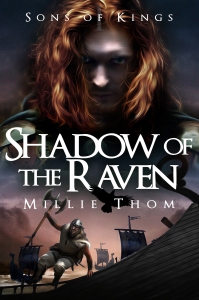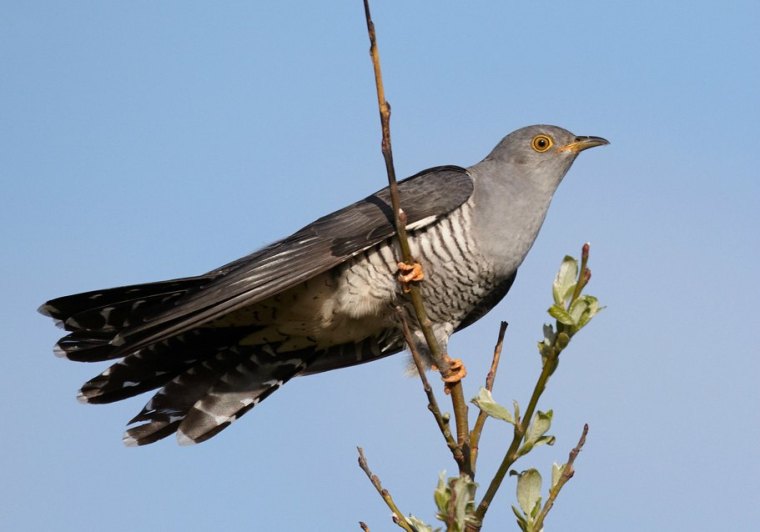Today is Sunday, March 26, and I have three things to crow about…
First, today is Mother’s Day in the UK, a day when I get lots of nice prezzies. This date doesn’t coincide with Mother’s Day in other countries around the world, but in Britain (in case anyone didn’t know!) we’re sticklers for tradition. And our Mother’s Day – or as it was originally called, ‘Mothering Sunday’ – originated several hundred years ago and has gradually evolved to become what it is today, with Mums getting cards and gifts ranging from flowers, chocolates or meals out and so on…
I wrote a post about the history of Mothers’ Day two years ago, and retweeted it last year. It would probably be pushing things a bit to retweet it again but a link to the original post can be found here.
*********
The second thing I’m happy about is that today the clocks have moved forward an hour, putting us into British Summer Time (BST). From October to March we’re on Greenwich Mean Time (GMT). In the UK the clocks go forward at 1 am on the last Sunday of March – which, from what I’ve seen on other people’s blogs, is a week or so later than in the US – or, at least, in some areas of the US.
Moving the clocks forward means a lot to me because I loathe the long, dark nights of winter and now daylight lasts an extra hour every evening! Yippee! It does mean that mornings stay dark an hour longer, but that gradually adjusts over the next few weeks. Naturally, in contrast, I whinge and moan every October when we move the clocks back and evenings get dark an hour earlier. Then it’s boo-hoo time!
Many people remember whether clocks move forward or back with this little saying, which I believe came to the UK from ‘across the pond’: Spring forward, fall back.
This is interesting because we haven’t called autumn “fall” in the UK for a few hundred years. Apparently, the word travelled to America with the early settlers and stuck, whereas its use eventually changed to autumn here. According to this site the use of the word was first found in print in 1545 in an archery instruction manual by Queen Elizabeth’s tutor Roger Ascham, who refers to autumn as faule of the leafe.
I don’t intend to write about the reasons behind the moving backwards and forwards of clocks, other than to say it involves daylight saving time (DST) and its use has interesting origins. Perhaps I’ll write about that next year.
*********
My third thing to be happy about today is my latest review of Shadow of the Raven on Amazon UK. I confess, I haven’t read any books by Giles Kristian, so that’s something I’ll do as soon as I finish Book 3 of my trilogy. This is the review, which I’ve just copied from Amazon. I’ve no idea who Catherine is, but I’m very grateful for her lovely review.
By catherine stelfox on 21 Mar. 2017
Well written with fabulous characterisation. I would even go so far as to say that Milli Thom is very nearly up there with Giles Kristian: Strong praise indeed. I’m eagerly looking forward to reading the next two books in the series.
Millie Thom makes every action lend weight and meaning to the story. That the author knows her subject well shows in her attention to detail.
All this contributes in making this book a thrilling reading experience, and my delight in finding a new author who can provide my ongoing cravings for a Viking fix is to be celebrated.
*****
Lovely spring… Who wouldn’t be happy at this time of year?










































































